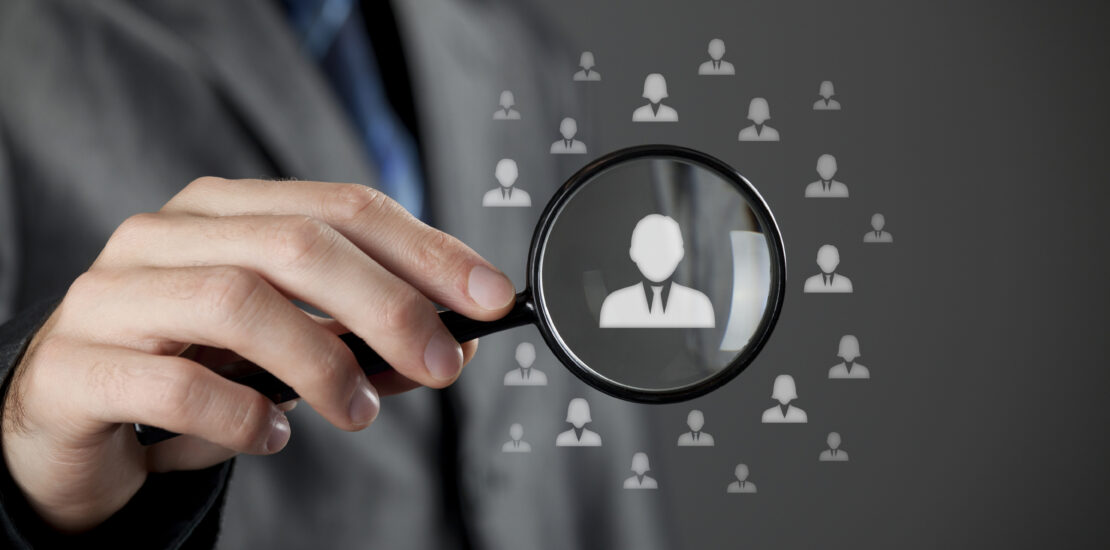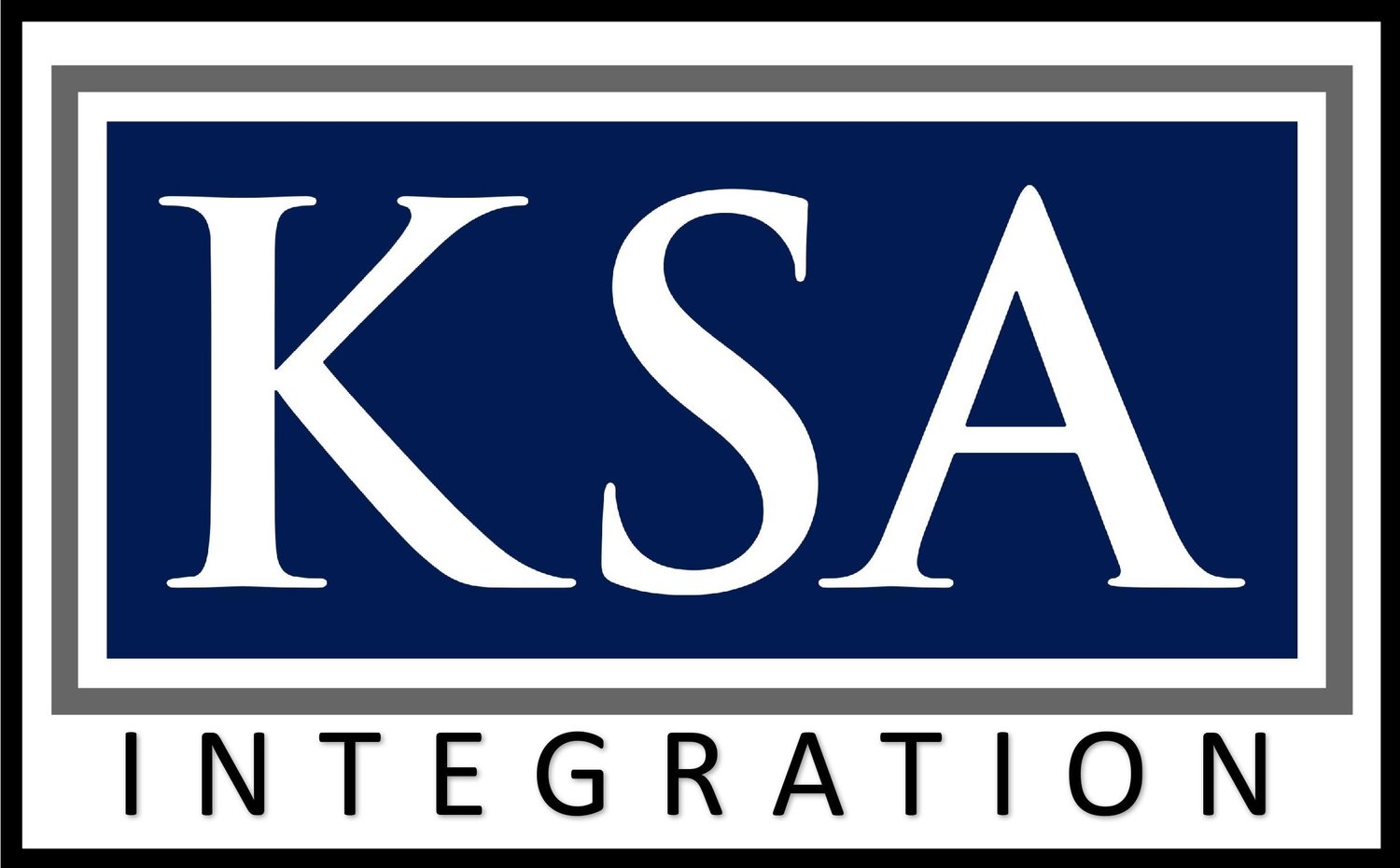Our Most Precious Asset
- January 7, 2015
- Posted by: k-admin
- Category: Leadership

“The fields of industry are strewn with the bones of those organizations whose leadership became infested with dry rot, who believed in taking instead of giving . . . who didn’t realize that the only assets that could not be replaced easily were the human ones.”Le Roy H. Kurtz, General Motors There are ample recent examples of monumental organizational failures in the news. A recent, particularly well-done, Washington Post article describes the organizational transition of the U.S. Secret Service in the years since the 9/11/2001 attack and how their missions and priorities grew and evolved. It is a case study in several important organizational concepts; the evolution of Secret Service culture, organizational capacity versus mission, and the need for strategy to resource development to mention a few. Most importantly, it is a case study of a large organization with important missions that, over time, stopped valuing its people, didn’t heed the voices of warning and change, failed to support the reformers, promoted the wrong people, undervalued the best employees, and came to behave as though their people were merely commodities to be replaced whenever needed.
The effects over time have been devastating to the Secret Service. Several catastrophes have been narrowly averted more by good fortune than with organizational expertise. The Department of Veterans Affairs is another example of a large government organization that did many of the same things with the same disastrous results.
People matter in organizations. They really, really matter. Leaders who don’t understand that, who don’t genuinely care about her/his people, and don’t behave to support and sustain the employees will eventually pay a steep price.
A fundamental leadership empathy that considers and understands how organizational actions, leadership decisions, and messaging will be perceived and acted on by employees is a starting point. Surprisingly it is a basic starting point that is completely missing in many large companies and especially in government organizations.
Stopping to think:
- What will this mean to our people?
- How will they perceive it?
- What will concern them?
- What are their views and priorities?
- Is the company and this action aligned with our most precious asset, our people?
- How do we effectively communicate this issue with them and receive their feedback before taking action?
This kind of organizational empathy is born of the personal empathy that enlightened leaders have for the individuals in their charges. It is about sincere and authentic caring about people in a genuinely personal way, not just professionally. About listening to their concerns, ideas, suggestions, and opinions. About informing them, knowing them intimately; their backgrounds, families, children, checking on them, and more. It is about promoting the true “people people”; the ones who know and behave in ways that show an understanding of the organization’s most precious asset; its people.
Only when a leader REALLY understands the importance of people and cares about them in this way will she/he be able do the necessary and difficult things every leader must do for the greater good of the organization and ultimately its people.
When that time comes for those difficult choices, employees will recognize and support a leader who has truly understood and cared.
“Always recognize that human individuals are ends, and do not use them as means to your end.”— Immanuel Kant
Keith Stalder, #32
Copyright © 2015 Keith Stalder & Associates, LLC. All rights reserved.
